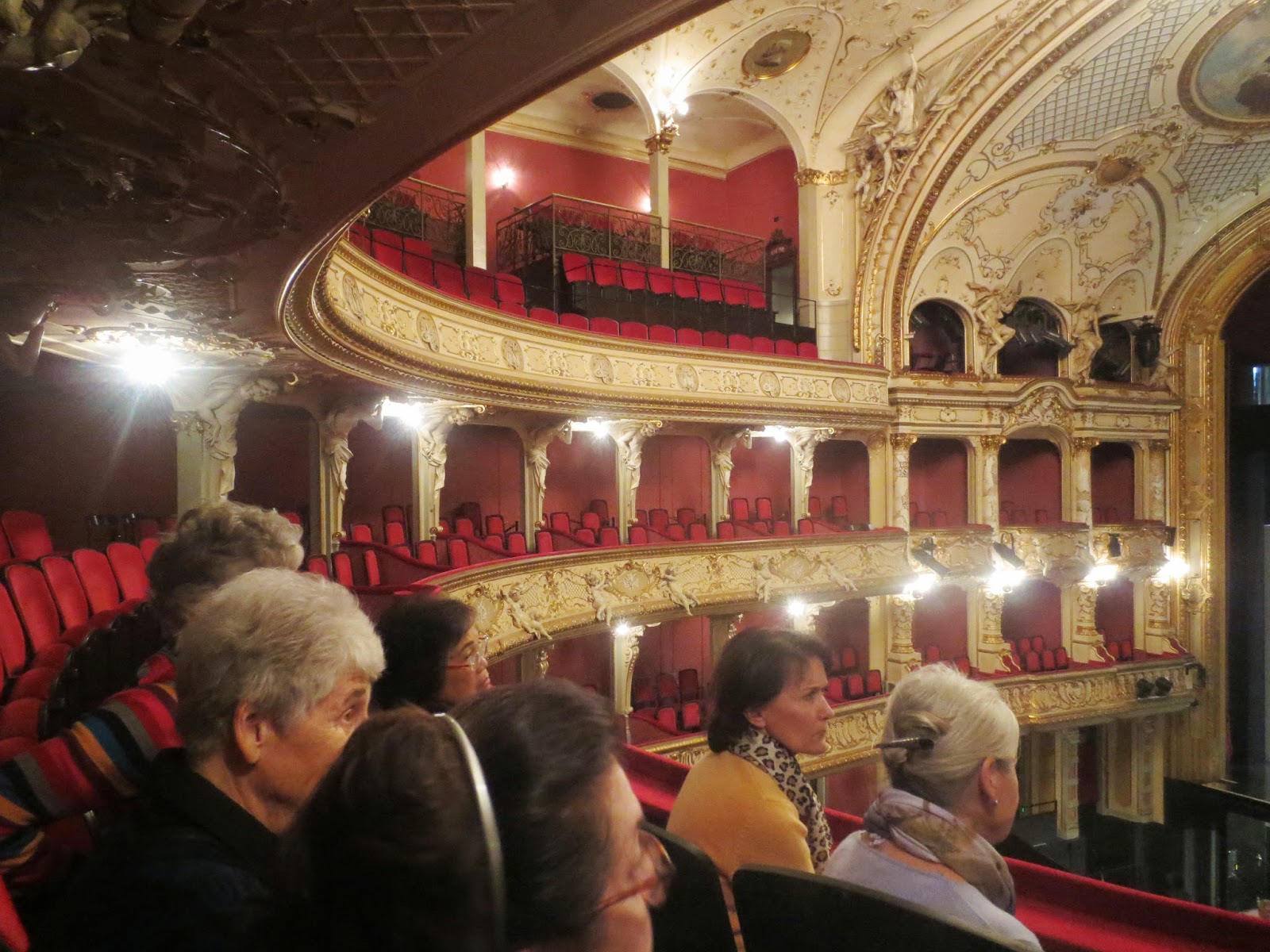 ZIWA's Wine Discovery group always offers pleasurable experiences. And yesterday's visit to old friend Jane's Fine Foods was very popular. Fourteen group members, including one husband, had the chance to sample six freshly-cooked fusion dishes and try a wine suggestion to complement the spicy food. Many people pair spicy food with beer, but a carefully chosen wine could bring out the flavour of both food and wine.
ZIWA's Wine Discovery group always offers pleasurable experiences. And yesterday's visit to old friend Jane's Fine Foods was very popular. Fourteen group members, including one husband, had the chance to sample six freshly-cooked fusion dishes and try a wine suggestion to complement the spicy food. Many people pair spicy food with beer, but a carefully chosen wine could bring out the flavour of both food and wine.Coconut milk potato gratin and Riesling
 The white wine was a sharp, citrussy dry Riesling from Langenlonsheim in the Nahe/Rhine Valley area of Germany. The Tesch 2013 wine would be suitable as an apero wine on its own, but the spicy potato gratin dish with green curry paste enhanced it even more. Jane mentioned that the potato dish was one of her favourites and could also accompany meat or seafood dishes.
The white wine was a sharp, citrussy dry Riesling from Langenlonsheim in the Nahe/Rhine Valley area of Germany. The Tesch 2013 wine would be suitable as an apero wine on its own, but the spicy potato gratin dish with green curry paste enhanced it even more. Jane mentioned that the potato dish was one of her favourites and could also accompany meat or seafood dishes.Here's the link to the Tesch website: http://www.weingut-tesch.de/
Peanut satay sauce with Pine Ridge Viognier/Chenin Blanc
 The satay sauce was made by heating peanut butter and coconut milk, diluted with water if necessary, with red curry paste flavoured with garlic, chilli and ginger. It was served with vegetable crudites. The Californian white wine was a 2013 blend of Viognier and Chenin Blanc grape types from Pine Ridge vineyards and would be just as good drunk on its own. It had complex notes reflecting the grape types and the mineral soil of the terroir.
The satay sauce was made by heating peanut butter and coconut milk, diluted with water if necessary, with red curry paste flavoured with garlic, chilli and ginger. It was served with vegetable crudites. The Californian white wine was a 2013 blend of Viognier and Chenin Blanc grape types from Pine Ridge vineyards and would be just as good drunk on its own. It had complex notes reflecting the grape types and the mineral soil of the terroir.Here's the link to the Pine Ridge website: http://www.pineridgevineyards.com/
Grilled prawns with Zweifel Spätlese
The frozen prawns had been defrosted and marinaded for half an hour in a chilli and garlic marinade with cumin. Jane grilled the prawns in a herby rapeseed oil and then served immediately. Complementing the seafood was a Zurichsee Spätlese 2013 white wine, Vidal Blanc. It had a rather sweet taste.
Here's the Zweifel Hürlimann wine shop link: http://www.zweifelweine.ch/thewineshop_aktuell.cfm
Zweifel is a great source of many wines.
Zweifel is a great source of many wines.
Crab salad with Fusion Gewürztraminer
The crab was obtained frozen, and was served in small portions on a green salad, and tasted spicy and slightly salty. It could also be served with sushi ginger. The dressing was made from rice vinegar, soy sauce, lime and lemon juice and palm sugar. The accompanying wine this time was a Viognier/ Gewürztraminer blend from Fusion wines in California.
You can see the wine at this link: https://www.vivino.com/wineries/us-fusion/wines/viognier-gewrztraminer-9999
 Coconut milk soup with Sebastiani Rose
Coconut milk soup with Sebastiani Rose
Jane uses this soup mix as the basis for many dishes. It was flavoured with lemongrass, shallot, red curry paste and based on coconut milk from a tetrapack. A rose wine from Sebastiani in California this time went well and gave a kick.
See more about the wine here: http://www.sebastiani.com/
Beef teriyaki and Conundrum red wine
Jane buys her beef fillet from a butcher who supplies quality Australian meat. It was chopped into thin slices and marinaded in Thai sweet chilli sauce with soy and ginger, before frying. Salt should only be added at the last minute. The beef demanded a red wine, another Californian blend, the Conundrum 2012, which was served cool.
Here's the Conundrum website: http://www.conundrumwines.com/
Thanks to Jane for sharing her kitchen, her food and her expertise. A great sharing experience. Cheers!
Julia Newton, 15 October 2015.
































